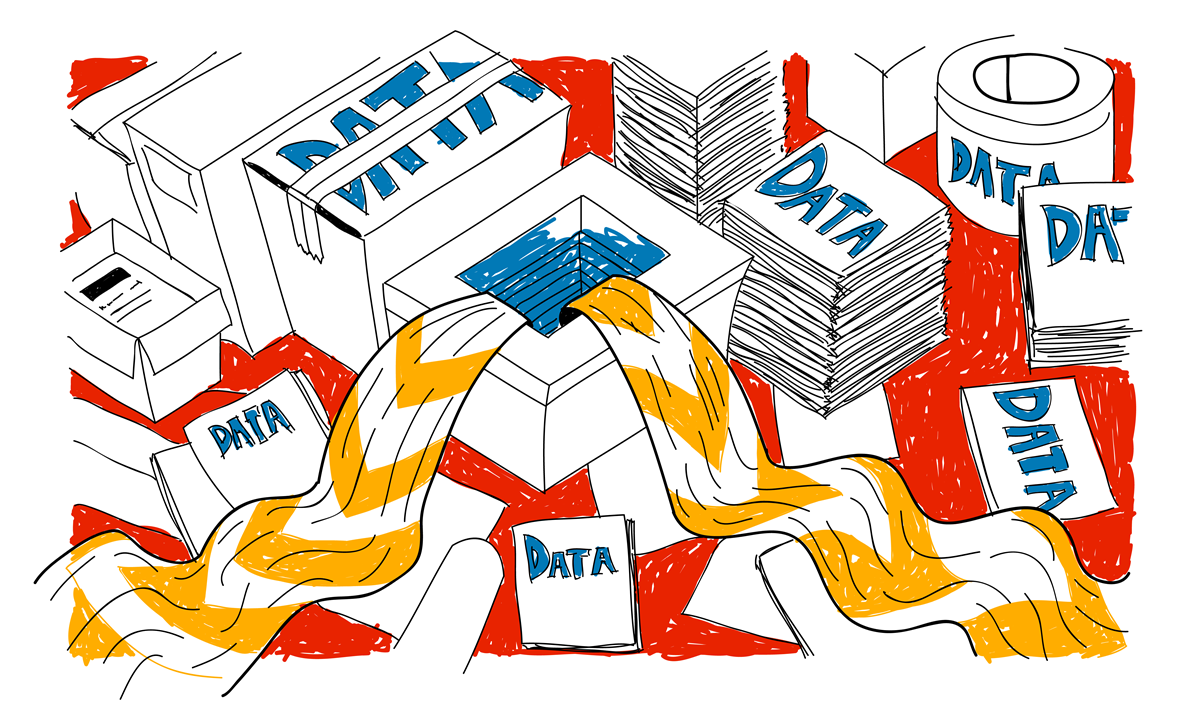First, what is algorithm bias? Algorithmic bias happens when the data, assumptions, or methodology that drive an algorithm lead to discriminatory responses. It can result in several ways, including racial, gender, socioeconomic, or geographical biases.
Algorithms are only as good as the data they were built upon. When training models are built on data reflecting societal inequities, those patterns get built in. Additionally, the lack of diversity among AI developers contributes to the bias. When your data and coders are narrow in perspective, your AI’s answers are going to be “value impregnated” with those inequalities.
I asked AI how nonprofit organizations should address algorithm bias; here’s its unhelpful suggestions (in italics).
- Prioritize Ethical AI Design
Nonprofits can demand and advocate for algorithmic systems that prioritize fairness and inclusivity. This involve
- Audit and Monitor Algorithms
Regular audits of algorithms can help detect and mitigate bias. By reviewing data inputs and decision-making processes, nonprofits can identify potential disparities and take corrective action. Partnering with external experts or academic institutions can lend credibility to these efforts.
- Promote Transparency
Transparency about how algorithms are developed and used is critical. Nonprofits should clearly communicate to stakeholders the role of algorithms in their operations, including any potential limitations or risks. Open-source solutions can also be explored to enhance accountability.
- Advocate for Inclusive Data
Nonprofits are well-positioned to advocate for more inclusive and representative datasets. By collaborating with governments, private sector partners, and academic researchers, they can help ensure that the data used to train algorithms reflects the diversity of the populations they serve.
- Invest in Training and Education
s engaging diverse stakeholders during the design phase to identify potential biases and address them proactively. Including voices from the communities they serve ensures that the algorithms align with their mission.
Building organizational capacity to understand and address algorithmic bias is crucial. Nonprofits should invest in training staff and volunteers on ethical AI practices, ensuring that they have the knowledge to question and evaluate the tools they use.
These AI recommendations seem aspirational. It’s not like nonprofits are building these AI tools. They are either purchasing (or more likely) using free tools that don’t have the feature of checking behind the AI curtain to ascertain any potential bias.
I guess the best advice in dealing with algorithm bias is to use AI at your own risk.

Image by rawpixel.com on Freepik

